It’s a premise with plenty of previous. Children whose parents were murdered by Indians on the frontier of the American west are abducted and then adopted by the tribe. Their plight is appalling — female captives were raped as a matter of course — but sometimes the hostages forget their mother tongue and come to relish the nomadic life of the plains. Another round of trauma follows when the adopted guardians are in turn massacred and the orphans are returned to the alien captivity of civilisation. The famous abduction of Cynthia Ann Parker by Comanches in 1836 and the prolonged attempts to find her — followed by her attempts to escape from her rescuers — served as source material for John Ford’s The Searchers.
The latest iteration of this story, News of the World, is set in Texas in 1870 where Jefferson Kyle Kidd (Tom Hanks), formerly a captain with the Confederates, works as an itinerant news reader. Having enlightened the huddled masses of one town with the latest stories from his stash of print he moseys on to the next: a forerunner, let’s say, of Jeff Bridges, the country singer in Crazy Heart. One day Tom comes across a feral blonde child (Helena Zengel), recently rescued from the Kiowas. Her black escort has been lynched and so, with the army overstretched by the demands of reconstruction and a deadly epidemic, it falls to Hanks to shepherd her back to any remaining family, maintaining his schedule of events on the way. Plot-wise, then, it’s a continuation and reversal of The Searchers— later there will be a reframing of one of Ford’s iconic shots — with Hanks thrust into the role of The Finder. Crazed by a lust for vengeance, John Wayne became, in the course of his search, an Ahab of Comancheria. Hanks, too, has a larger but more benign purpose, the same one he always has: to get home (from France in Saving Private Ryan, from the island in Cast Away, and to Earth from space in Apollo 13); this time it’s home to his wife in San Antonio (of the Alamo fame).
So, as man and girl set off in a horse-drawn wagon, we settle in to one of the primal cinematic or narrative pleasures: the arduous physical journey through the landscape of the American west. A few years ago Christian Bale led a similarly compelling expedition in Hostiles (somewhat undermined by the fatal miscasting of Rosamund Pike as a bereaved frontier woman who looked like she’d never been west of Parsons Green). Trouble, on these trips, ain’t long in coming. After Hanks’s first gig they are confronted by outlaws who see Zengel’s potential not as a future star but as a child whore. While Hanks has accepted the outcome of the Civil War this deplorable crew of proto-Trumpists are reluctant to acknowledge the verdict of history. An important point is being made here, namely that a chase and gunfight must ensue: not one of those ritualised shoot-outs in front of a saloon in the Rick Dalton clips from Once Upon a Time in… Hollywood, but a sequence of hide-and-seek at hanging rock. Things change after this episode. The journey will not be a picnic but a bond begins to grow between Kidd and the kid even though the task of communicating is complicated by the way her pre-Kiowan language was German. Still, even their silence is a voluble expression of relief at not having to engage in the nativist pillow talk of Kevin Costner and his squeeze in Dances with Wolves.
As they continue to encounter more difficulties the nature and scale of directorial problems become clear. The landscape in westerns is always amazing. That’s why Indian and cowboy alike were willing to put up with so much physical hardship. It changes, slowly, over immense distances and, in Hostiles,always from ground level. Director Paul Greengrass fails to see this in that he wants us to see too much. As if an integrated aesthetic understanding has been corroded by the special-after-effects of action films, he treats us to soaring drone or ’copter shots racing over the epic land. It’s not just nudity or violence that’s gratuitous. These are views no one in the film — or at the time — ever had. Spectacular and expensive, they take us out of where we’re supposed to be and into the Bourne age. The camera has to be earthbound.
Kidd’s next reading is an unscheduled performance at a township where the semi-industrialised business of buffalo genocide is in full swing. The robber-bosses want diverting Fox-style infotainment but, turning into activist and preacher, Hanks goes all Howard Zinn with a rousing story about a miners’ uprising. Are we seeing a genealogical prequel to his recent role as Ben Bradlee in The Post? Certainly a point is being made about fake news, the point being that Hanks and Zengel have to make another getaway. The wheels are starting to come off the wagon, literally, but not exclusively. Hurtling downhill Hanks loses control of his wobbly vehicle and Greengrass loses all control of his Hanks vehicle.
After streaming News of the World I switched, not inappropriately, to CNN, more precisely to a commercial featuring an SUV in the testing terrain of the automotive west. Filmically it was cut from exactly the same cloth as that used for the wagon crash, with airbags and computerised safety features built in. Now, Greengrass might claim that he is offering a cinematic experience and he’s right — if the medium achieves its manifest destiny in the form of car ads. In which case it doesn’t matter much if cinemas never reopen. Except it does matter because then we’d be denied a western like Kelly Reichardt’s slow, steady, simple and utterly riveting First Cow. The different approaches to music are instructive. Reichardt’s soundtrack is rooted in the guitar of William Tyler. News of the World features some default Cooderism but for moments of heightened emotional drama — of which, in truth, there are none — reinforcements are needed in the form of orchestral uplift: further proof, to use a 19th-century phrase, of an inconsistency of conception.
As memorably expressed by a much-loved song from my childhood, Hanks, with no wheels on his wagon — no wagon even — is no longer rolling along. On foot, he and the girl are more vulnerable than ever to all manner of threat and hindrance. The Indians are out there, implicitly, because the pedestrian pair are viewed with unspecified The-Hills-Have-Eyes menace, though from Zengel’s p.o.v. that menace retains qualities of salvation. In the walkabout emptiness, though, we stumble towards a potential justification for the overreaching aerials. Could it be that those shots expressed the pre-civilised, cosmic consciousness of the indigenous people? Not when an apocalyptic dust storm swirls in, leaving in its wake only a dim vision of a band of ghostly Kiowan refugees. They may be on a defeated trudge to life on the rez but I see them, without reservation, as our forlorn representatives on the trail of cinematic tears.
Got something to add? Join the discussion and comment below.
Get 10 issues for just $10
Subscribe to The Spectator Australia today for the next 10 magazine issues, plus full online access, for just $10.
Geoff Dyer’s new book, See/Saw: Looking at Photographs, will be published by Canongate in April.
You might disagree with half of it, but you’ll enjoy reading all of it. Try your first month for free, then just $2 a week for the remainder of your first year.


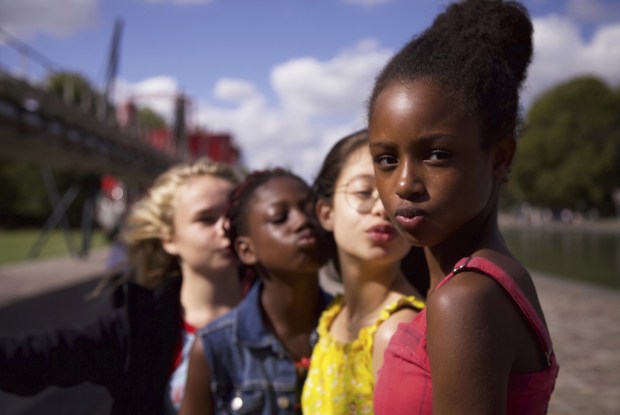
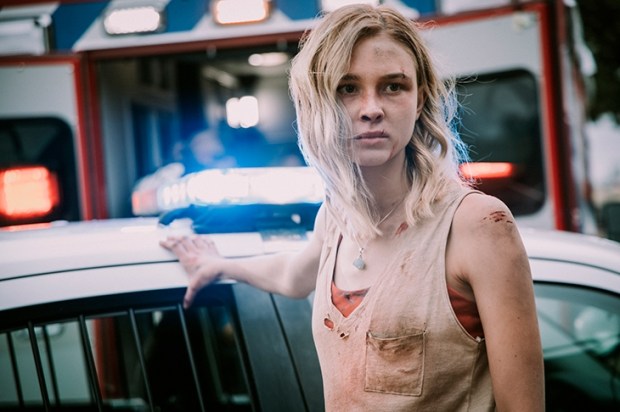
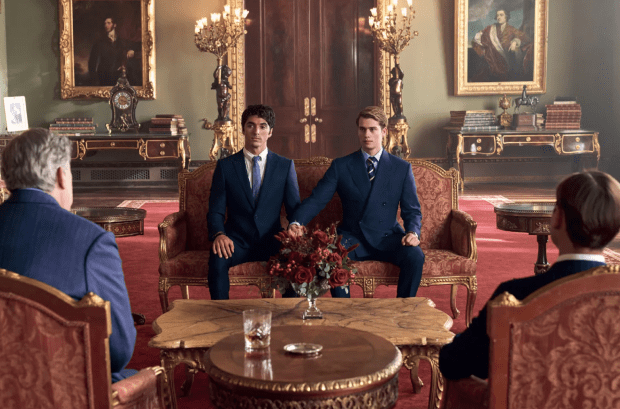
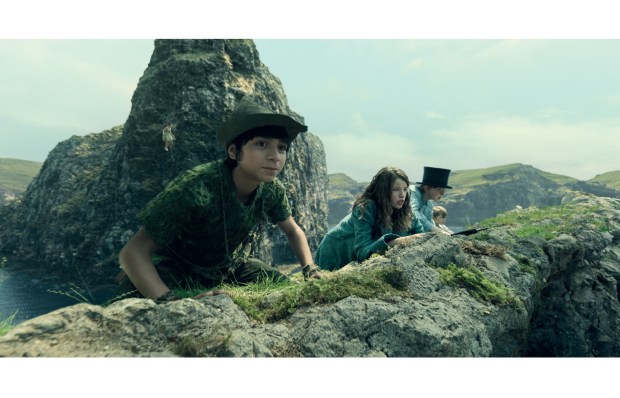
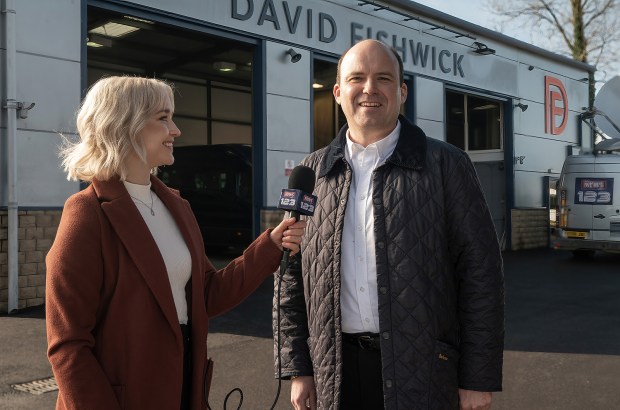
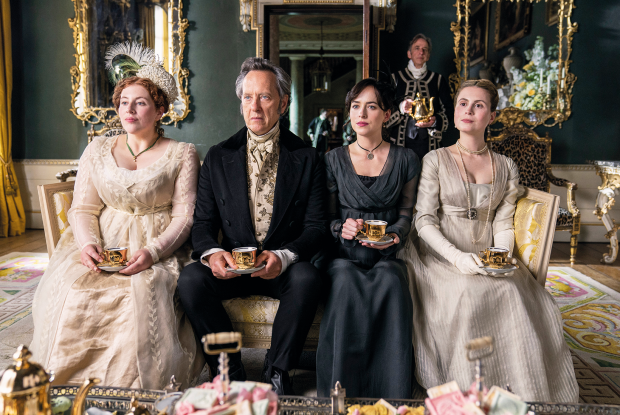






Comments
Don't miss out
Join the conversation with other Spectator Australia readers. Subscribe to leave a comment.
SUBSCRIBEAlready a subscriber? Log in